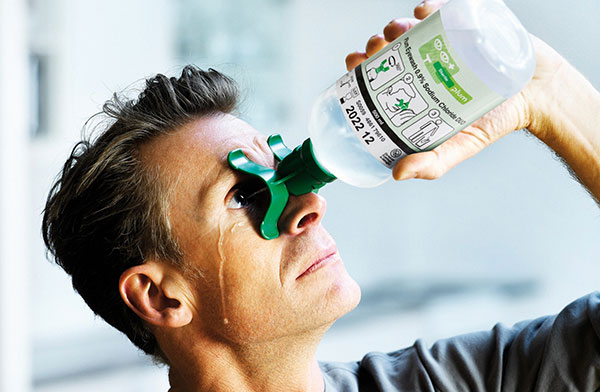
Eye wash refers to the process of rinsing the eyes with a sterile solution to cleanse them of irritants, foreign particles, or chemicals. It is an important first aid measure for maintaining eye health and preventing damage after exposure to harmful substances or irritants. Eye wash can be done using over-the-counter eye wash solutions, eye […]
Eye wash is a procedure used to flush out contaminants, debris, or chemicals from the eyes. It involves rinsing the eyes with a sterile solution, such as saline or a specially formulated eye wash, to cleanse and soothe the eyes. This procedure is crucial in both medical and industrial settings to prevent eye injuries and infections caused by foreign substances.
During an eye wash procedure, the following steps typically occur:
© 2021-2025 Jackson Urgent Care. All Rights Reserved. Made With Love by Ignite Marketing Agency.